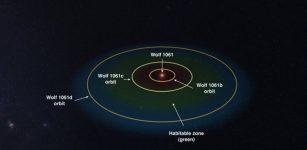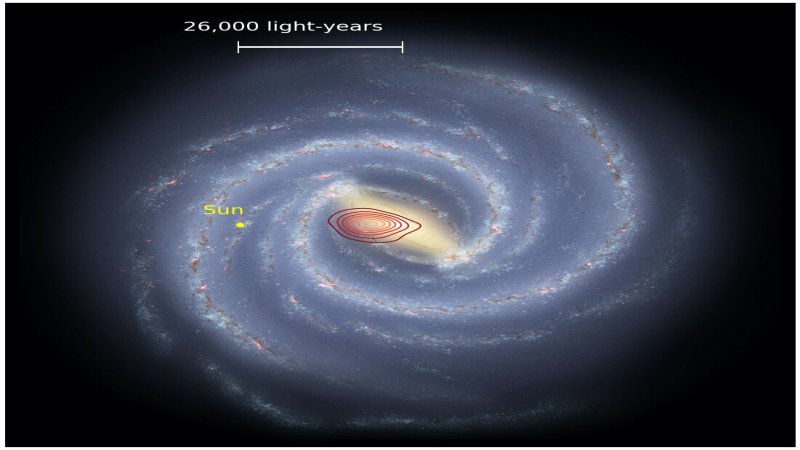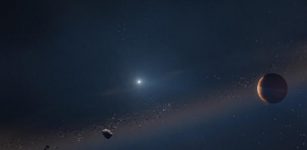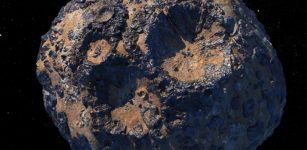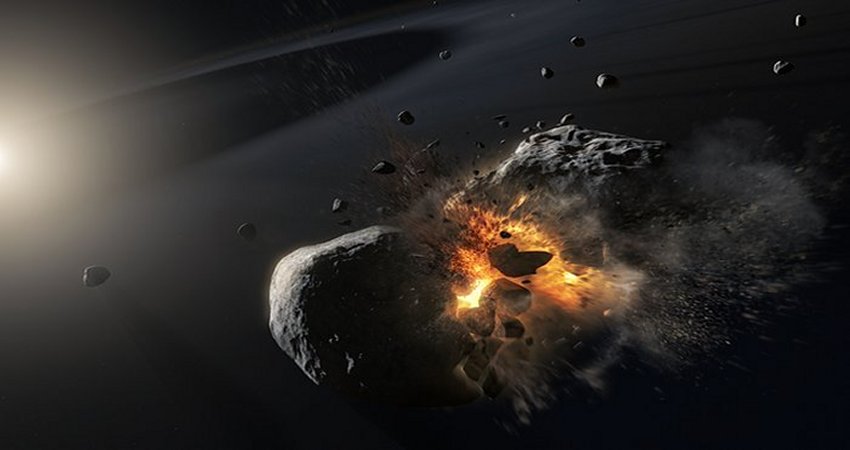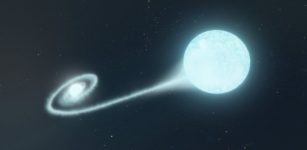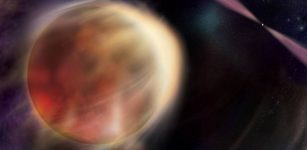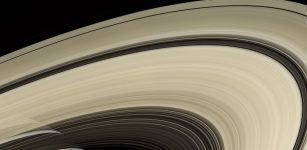Black Hole Bends Light Back On itself – Study Proves 40-Year-Old Theory
Eddie Gonzales Jr. – MessageToEagle.com – Now, a new study offers evidence that, in fact, not all of the light streaming from a black hole’s surrounding disk easily escapes. Some of it gives in to the monstrous pull of the black hole, turns back, and then ultimately bounces off the disk and escapes.
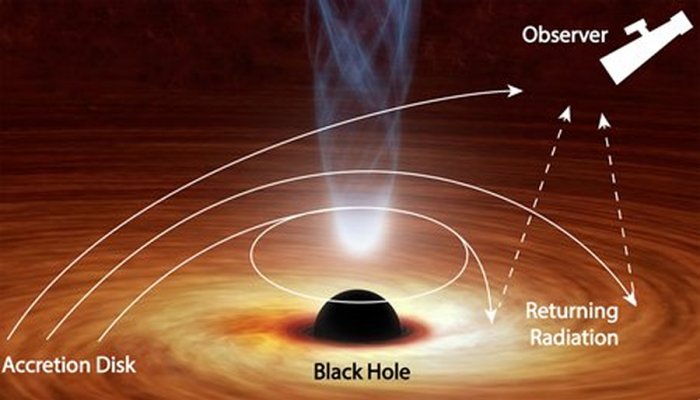 An artist’s depiction of a black hole pulling light back toward its disk. Image: © NASA/JPL-Caltech
An artist’s depiction of a black hole pulling light back toward its disk. Image: © NASA/JPL-Caltech
“We observed light coming from very close to the black hole that is trying to escape, but instead is pulled right back by the black hole like a boomerang,” Riley Connors, lead author of the new study and a postdoctoral scholar at Caltech, said in a press release.
This is something that was predicted in the 1970s, but hadn’t been shown until now.”
You may have heard that nothing escapes the gravitational grasp of a black hole, not even light. This is true in the immediate vicinity of a black hole, but a bit farther out—in disks of material that swirl around some black holes—light can escape. In fact, this is the reason actively growing black holes shine with brilliant X-rays.
Researchers used archival observations from NASA’s now-defunct Rossi X-ray Timing Explorer (RXTE) mission, which came to an end in 2012, and looked at a black hole that is orbited by a sun-like star; together, the pair is called XTE J1550-564.
The black hole “feeds” off this star, pulling material onto a flat structure around it called an accretion disk. By looking closely at the X-ray light coming from the disk as the light spirals toward the black hole, the team found imprints indicating that the light had been bent back toward the disk and reflected off.
“The disk is essentially illuminating itself,” says co-author Javier Garcia, a research assistant professor of physics at Caltech. “Theorists had predicted what fraction of the light would bend back on the disk, and now, for the first time, we have confirmed those predictions.”
New results offer another indirect confirmation of Albert Einstein’s general theory of relativity, and also will help in future measurements of the spin rates of black holes, something that is still poorly understood.
“Since black holes can potentially spin very fast, they not only bend the light but twist it,” says Connors. “These recent observations are another piece in the puzzle of trying to figure out how fast black holes spin.”
Written by Eddie Gonzales Jr. – MessageToEagle.com Staff

